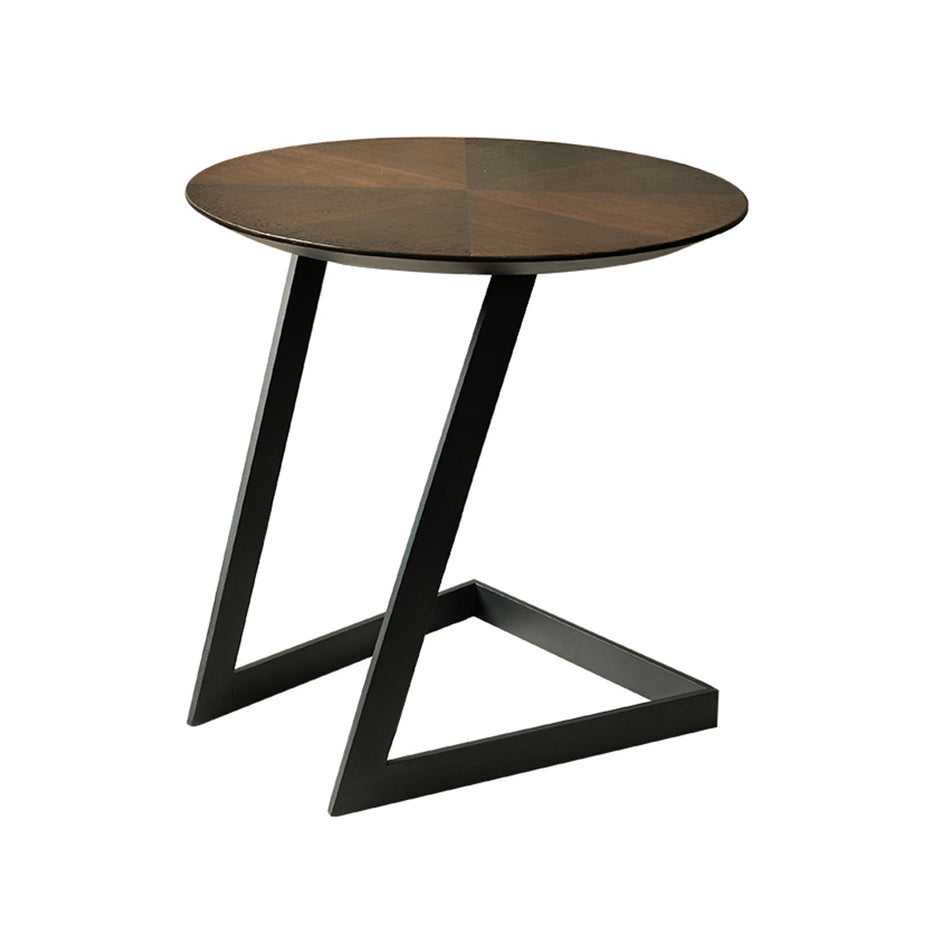The coffee table has undergone a remarkable transformation over the centuries. Initially designed for functionality, it has evolved into a stylish centrepiece that enhances the aesthetic of any living space. But what exactly has driven this evolution? Let us delve deeper into the history and significance of the coffee table.

Historical Context of the Coffee Table
The origins of the coffee table can be traced back to the 18th century, where it was primarily used to serve coffee and snacks. Early designs were often simple and utilitarian, focusing on practicality rather than style. As the 19th century approached, the coffee table began to take on more elaborate forms, reflecting the ornate styles of the Victorian era.
- 18th Century: Functional and simple designs.
- 19th Century: Introduction of ornate styles.
- 20th Century: Rise of modernism and minimalism.
By the mid-20th century, the coffee table had firmly established itself as a staple in living rooms worldwide. Its role expanded beyond mere functionality, becoming a canvas for artistic expression and a focal point in interior design.
Modern Styles of Coffee Tables
Today, the coffee table comes in a myriad of styles, materials, and shapes, catering to diverse tastes and preferences. Whether you prefer a sleek glass design or a rustic wooden piece, there is a coffee table to suit every aesthetic. Some popular styles include:
- Mid-Century Modern: Characterised by clean lines and organic shapes.
- Industrial: Often made from metal and reclaimed wood, offering a raw, edgy look.
- Scandinavian: Emphasises simplicity and functionality with a focus on natural materials.
These styles not only serve a practical purpose but also contribute significantly to the overall decor of a room. The right coffee table can tie together various elements of your interior design, creating a cohesive and inviting atmosphere.
Choosing the Perfect Coffee Table
When selecting a coffee table, several factors should be considered to ensure it complements your space effectively. Here are some tips to guide you:
- Size: Ensure the table is proportional to your seating arrangement.
- Material: Choose a material that aligns with your existing decor.
- Functionality: Consider whether you need additional storage or a surface for entertaining.
By taking these factors into account, you can find a coffee table that not only meets your functional needs but also enhances the beauty of your living space.
Conclusion: The Coffee Table as a Centrepiece
In conclusion, the coffee table has evolved from a simple piece of furniture into a stylish centrepiece that reflects personal taste and enhances the overall aesthetic of a room. As you explore options, consider visiting  for a diverse selection that caters to various styles and preferences.
for a diverse selection that caters to various styles and preferences.
Ultimately, the coffee table is more than just a functional piece; it is a statement of style and a reflection of your personality. Embrace its evolution and find the perfect one for your home.













